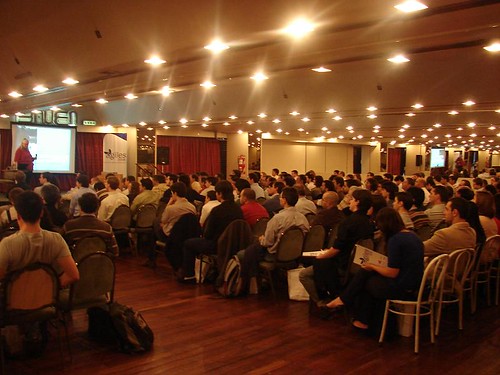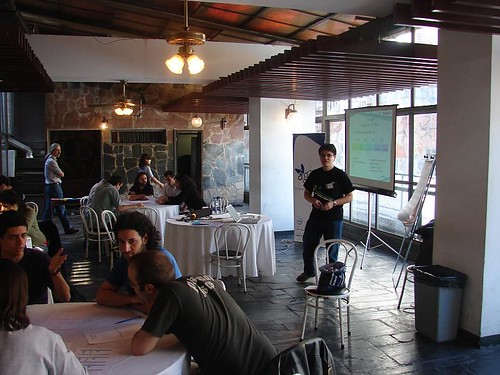February 3rd, 2010Project Inception Workshop at XP2010
Agile has shown that doing prolonged analysis upfront bears little to no value to the customer. However, doing none means the project lacks the direction that it needs. The question is, how much analysis is enough before the project starts? This will be the theme of my recently accepted “Inception Workshop: Kickstarting an Agile project” that will be pair-presented with Jenny at XP2010, in Trondheim, Norway.
My journey to find the right balance between a generalist/specialist in software has led me to projects where I had to play not only the developer role, but several to varying degrees (PM, BA, QA, Architect, Coach, team lead, …) This is my attempt to share my knowledge towards those different areas, by pairing with an experienced BA and talking about Agile project initiation.
In this workshop, we will share our experience of participating in several project inceptions. Participants will work in a condensed project inception, solving a business problem and using some tools to shape the project for delivery. Our goal is also to learn from other practitioners about the tools and techniques they’re using successfully in their projects.
More details about the session can be found at the XP2010 session description:
http://xp2010.agilealliance.org/node/5380
We are very excited about this session, and we hope to see you in Norway to participate and share your experiences too!






 Twitter
Twitter LinkedIn
LinkedIn Facebook
Facebook Flickr
Flickr